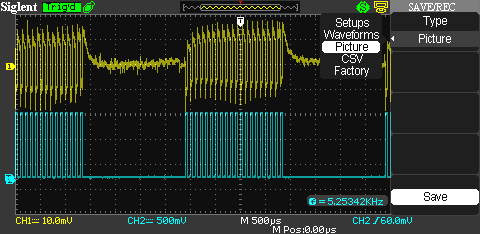I'm back from surgery and everything went good. Fell much better now that is over with.
mercury101
Re: "Understanding How Stan Meyers Fuel Cell Works"
« Reply #950, on December 22nd, 2016, 04:06 AM »
I'm back from surgery and everything went good. Fell much better now that is over with.
this should be in the first place Merry Christmas then everything else
Lol yes you have a point
I give you the gift of understanding that appears in my head or heart - thanks to God.
1:yes
2:yes
3:yes it helps
4:yes
5:yes and I got more to say about this in another post.
6:got more to say about this one as well in another post.
Well I feel like I've tried just about everything and still cannot hit resonance.
Cell is 175pF and L1 choke is 1.221H, calculated resonance is 10,870Hz.
I am scanning from 10.7khz to 10.9kHz in a period of 5 minutes....
